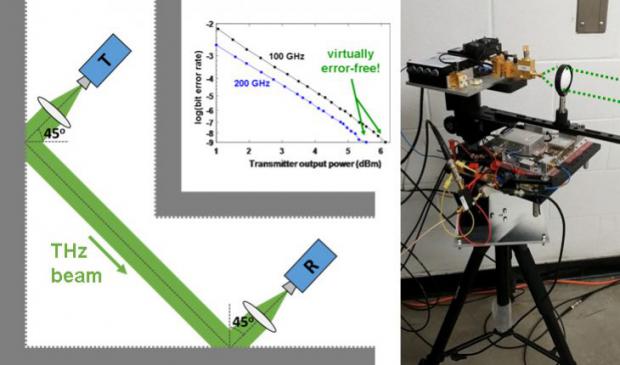
Breaking News
 2 Hours of Retro Sci-Fi Christmas Songs | Atomic-Age Christmas at a Snowy Ski Resort
2 Hours of Retro Sci-Fi Christmas Songs | Atomic-Age Christmas at a Snowy Ski Resort
 Alternative Ways to Buy Farmland
Alternative Ways to Buy Farmland
 LED lights are DEVASTATING our bodies, here's why | Redacted w Clayton Morris
LED lights are DEVASTATING our bodies, here's why | Redacted w Clayton Morris
Top Tech News
 Travel gadget promises to dry and iron your clothes – totally hands-free
Travel gadget promises to dry and iron your clothes – totally hands-free
 Perfect Aircrete, Kitchen Ingredients.
Perfect Aircrete, Kitchen Ingredients.
 Futuristic pixel-raising display lets you feel what's onscreen
Futuristic pixel-raising display lets you feel what's onscreen
 Cutting-Edge Facility Generates Pure Water and Hydrogen Fuel from Seawater for Mere Pennies
Cutting-Edge Facility Generates Pure Water and Hydrogen Fuel from Seawater for Mere Pennies
 This tiny dev board is packed with features for ambitious makers
This tiny dev board is packed with features for ambitious makers
 Scientists Discover Gel to Regrow Tooth Enamel
Scientists Discover Gel to Regrow Tooth Enamel
 Vitamin C and Dandelion Root Killing Cancer Cells -- as Former CDC Director Calls for COVID-19...
Vitamin C and Dandelion Root Killing Cancer Cells -- as Former CDC Director Calls for COVID-19...
 Galactic Brain: US firm plans space-based data centers, power grid to challenge China
Galactic Brain: US firm plans space-based data centers, power grid to challenge China
 A microbial cleanup for glyphosate just earned a patent. Here's why that matters
A microbial cleanup for glyphosate just earned a patent. Here's why that matters
 Japan Breaks Internet Speed Record with 5 Million Times Faster Data Transfer
Japan Breaks Internet Speed Record with 5 Million Times Faster Data Transfer
Higher terahertz frequencies are usable for data transmission which will boost data 100...

An off-the-wall new study by Brown University researchers shows that terahertz frequency data links can bounce around a room without dropping too much data. The results are good news for the feasibility of future terahertz wireless data networks, which have the potential to carry many times more data than current networks.
Today's cellular networks and Wi-Fi systems rely on microwave radiation to carry data, but the demand for more and more bandwidth is quickly becoming more than microwaves can handle. That has researchers thinking about transmitting data on higher-frequency terahertz waves, which have as much as 100 times the data-carrying capacity of microwaves. But terahertz communication technology is in its infancy. There's much basic research to be done and plenty of challenges to overcome.
For example, it's been assumed that terahertz links would require a direct line of sight between transmitter and receiver. Unlike microwaves, terahertz waves are entirely blocked by most solid objects. And the assumption has been that it's not possible to bounce a terahertz beam around—say, off a wall or two—to find a clear path around an object.

 $100 SILVER CONFIRMED?
$100 SILVER CONFIRMED?

